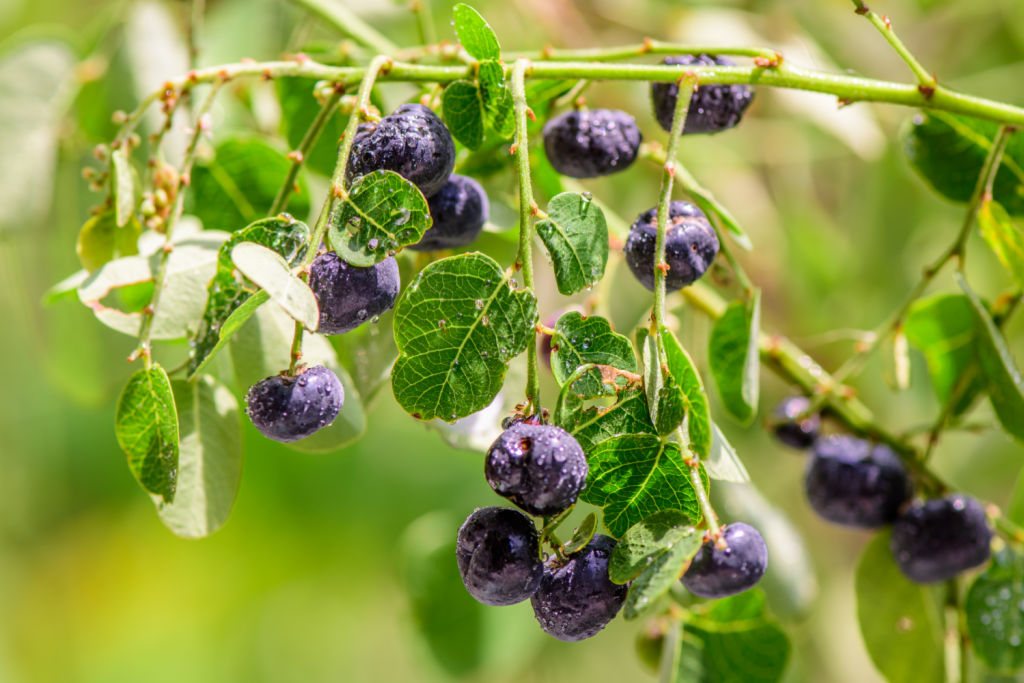F. religiosa is an important tree in the Mediterranean region, and its roots are widely used for medicinal purposes. Its leaves and stem bark contain phenols, tannins, alkaloids, flavonoids, and vitamin K. Its fruits and roots contain essential amino acids, while the seeds have phytosterols, albuminoids, and carbohydrates.
Sacred fig
Sacred fig importance has been known to treat many ailments, including stomach and blood-related problems. The bark of this tree is used in traditional medicine to treat skin problems and can be used to treat burns. To use its bark, boil it with 3 cups of water and 2 spoons of honey. Drink the mixture three times a day.
The sacred fig tree is considered a symbol of happiness, prosperity and good luck. Buddhists in particular worship it as a symbol of enlightenment. It is one of the most important relics in Sri Lanka and is revered around the world. Those who wish to visit the site of the sacred fig tree should make an offering to it.

The Sacred fig tree is a large tree that can grow up to 25 meters tall and two to three meters in diameter. It has pale bark and leaves that are long and heart-shaped. The fruit is about half an inch wide and turns black when ripe. The fig tree has many health benefits and is considered sacred by many Hindus.
Phyllanthus reticulatus
Ficus religiosa is a plant in the Moraceae family. It is used as a medicinal plant. Its roots, fruits, and leaves contain essential amino acids and carbohydrates. It also contains flavonoids and tannins. The bark is rich in vitamin K and phytosterols. In addition, the plant is a good source of potassium and phosphorus.
Ficus religiosa does best in soil that is moist, drained and has some air. It can grow well in partially shaded areas but will need six hours of direct sunlight a day to thrive. In addition, this tree prefers a humid climate between forty and eighty per cent. It does not grow well in cold or dry conditions.

Ficus religiosa is native to India and is widely distributed throughout southern Asia. It is also known as the bodhi tree and peepal tree and has a long life span. Its seeds are often used by people in the surrounding cultures for making sacred beads.
Phyllanthus jujuba
The sacred fig tree, Ficus religiosa, is native to the Indian subcontinent and Indochina. It is a deciduous tree that grows up to 30 m tall and reaches a stem diameter of 3 m. Its natural habitat is submontane forests. It is also known as the peepul tree and bodhi tree, and it is considered a sacred tree in Hinduism and Buddhism. It is also the state tree of the Indian state of Odisha.

Ficus religiosa has an excellent reputation as an indigenous medicine. Its leaves and fruit contain a range of essential nutrients, including calcium, sodium, potassium, and phosphorus. It also has antiviral and antibacterial properties. It also contains flavonoids and tannins.
Ficus is a genus of about 1000 species that are widely distributed throughout the tropical world. Many species are used for medicinal purposes. Ficus religiosa is the largest, most widely planted species in South Asia. Its use as a fuel wood tree, as well as its medicinal properties, are important in our culture.
Phyllanthus jujuba tender leaf
The significance of Phyllanthus jujube Tender Leaf Ficus religiosa lies in its pharmacological and phytochemical activities. The plant is used in traditional medicine and has been shown to have antibacterial, antiviral, and immunostimulant properties. In addition to its pharmacological activity, it is used for its medicinal and ornamental purposes.

The sacred fig tree is native to the Indian subcontinent and Indochina. It is found naturally in submontane forests and is tolerant of a wide range of soil conditions. In fact, it can even grow well on concrete walls with very little moisture.
The bark and leaves of Phyllanthus jujuba are used in traditional medicine for skin problems. The latex produced by the plant is applied over wounds and bleeding spots. Ficus religiosa bark pulp is also used for treating diabetes and diseases of the vagina. It is also used for cough.
